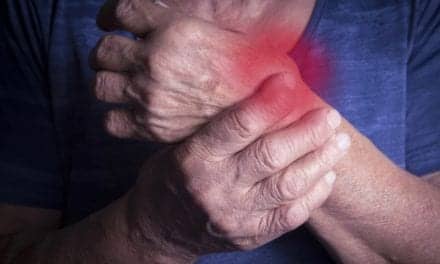Immunovia AB, Lund, Sweden, announced that results from a study in the company’s development pipeline were published in the peer-reviewed Journal of Proteome Research. These are the first proteomic data allowing a differential analysis of four different inflammatory rheumatic diseases (IRDs).
Early and correct diagnosis of inflammatory rheumatic diseases is presently a clinical challenge due to the variety of symptoms. The aim of the study was to achieve protein expression profiles distinguishing four systemic IRDs, that if left untreated, can lead to severe and sometimes permanent disability, increased morbidity, and premature mortality. A total of 316 serum samples collected from patients with Systemic Lupus Erythematosus (SLE), ANCA associated systemic vasculitis (SV), Rheumatoid Arthritis (RA) and Sjögren’s Syndrome (SS), and healthy controls were analyzed, using Immunovia’s recombinant antibody microarray (IMMray). Differential protein expression profiling was examined using Wilcoxon signed rank test and condensed biomarker panels could be identified reflecting each disease, using advanced bioinformatics and state-of-the art classification algorithms.
“In this study we were able to classify the included individual IRDs with high accuracy, as demonstrated by ROC Area Under the Curve (ROC AUC) values ranging between 0.96 and 0.80,” says lead author Mattias Ohlsson, professor computational biology and biological physics at Lund University. “The groups of IRDs could be separated from healthy controls at a ROC AUC value of 0.94. We believe this supports the rationale of using IMMray to reflect the biological complexity of autoimmune diseases.”
Immunovia CEO Patrik Dahlen adds, “Autoimmune diseases today pose a global health issue, affecting millions of people around the globe and there is an urgent need for refined clinical tools for early and differential diagnosis. These results suggest that the use of a multiplexed approach such as IMMray is highly suitable for decoding multifactorial diseases like autoimmune diseases. Early diagnosis in turn will help to prevent severe organ and tissue related damages. We will incorporate these signatures and further evaluate them in our discovery program for autoimmune diseases.”
For more information, visit Immunovia.
Featured image: courtesy Immunovia





